Gallery
-
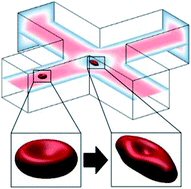
Simulations reveal the connection between the deformation of cells in mirco-fluidic systems, and applied stress.
-
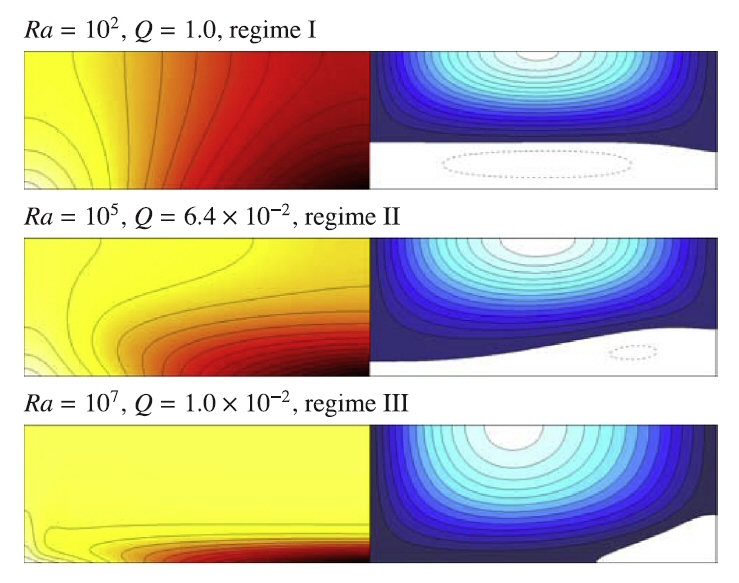
Suppression of radial horizontal convection in a rotating system with increasing rotation rate.
-
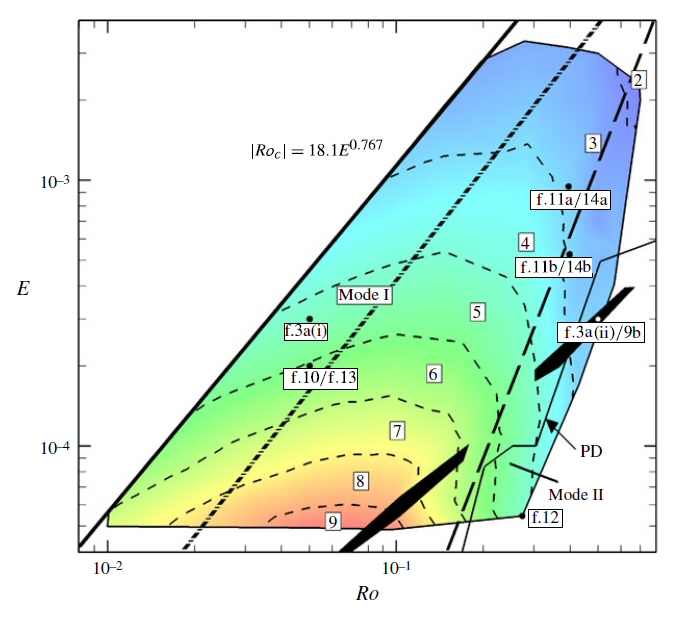
The first linear stability analysis of Stewartson layers in a differential-rotation system.
-
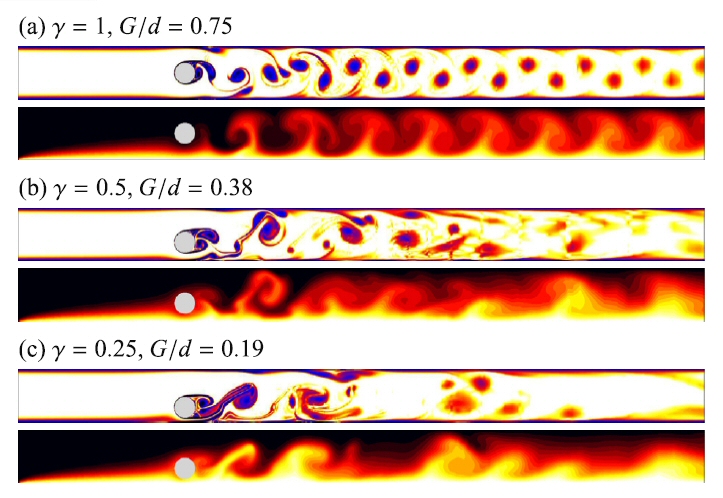
Heat transfer in quasi-2D MHD duct flows maximised by placing a turbulence generator approximately one diameter from a hot side-wall.
-
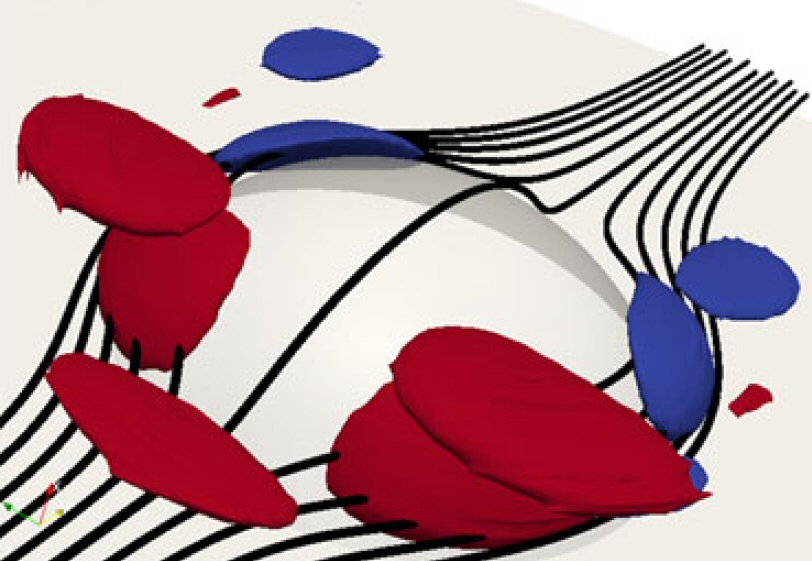
Numerical simulation providing insight into the shear environment around idealised thrombus obstacles in micro-flows.
-
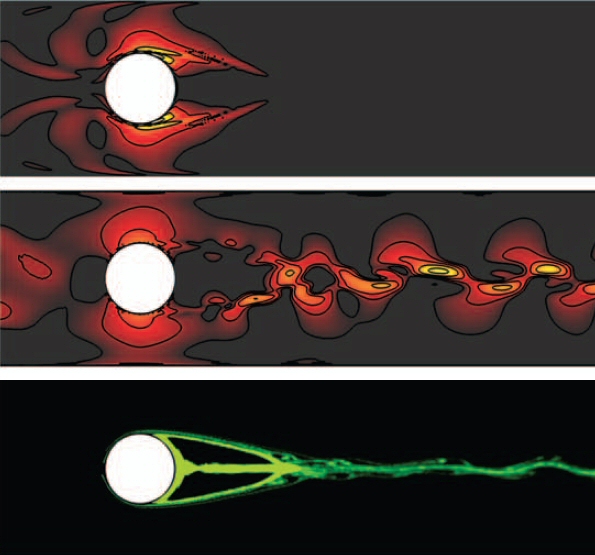
Transient growth analysis reveals sensitive regions in the flow past tubulence promotors in duct flows.
-
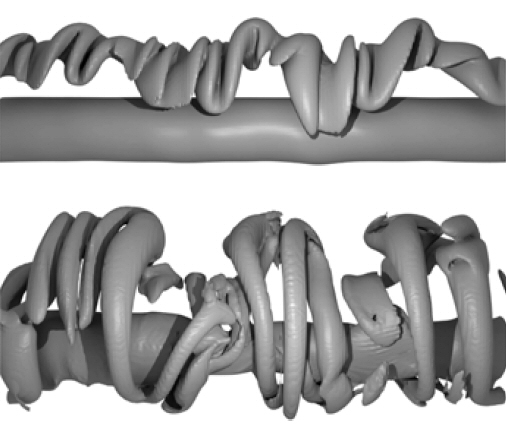
High-resolution simulations capture the destruction of a smaller vortex proximate to a stronger vortex.
-
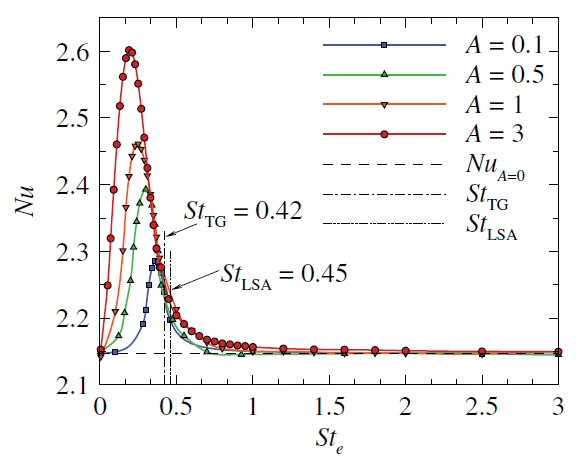
Active forcing via torsional oscillation of a turbulence promoter enhances heat transfer in an MHD duct flow.
-

An award-winning processing technique enhances the quality of particle image velocimetry (PIV) measurements.
-

A buoyant plume rises from a hot-wire, captured using an image processing techniqe exploiting refractive-index changes in the fluid.
-
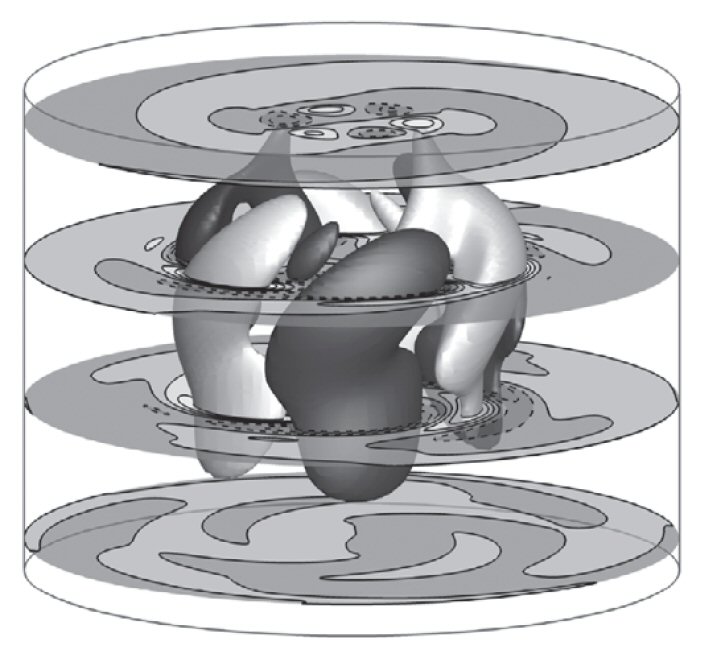
Instability structures emerge around a vortex breakdown bubble in a free-surface stirred-flask bioreactor model.
-
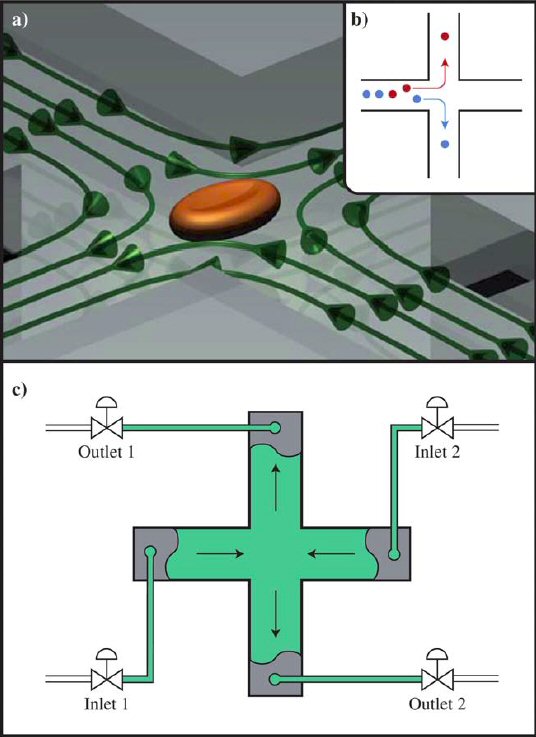
A micro-fluidic lab-on-a-chip system for capturing, measuring and sorting particles and cells is synthesized.
-
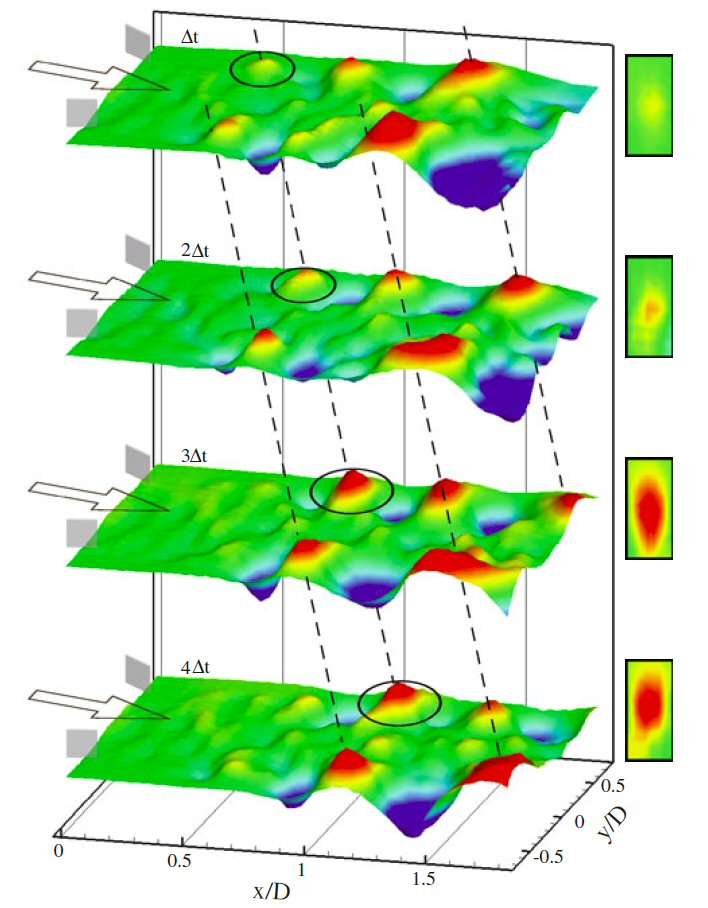
Our PIV topography measurement technique is employed to study wave structures in supersonic jets through the hydraulic analogy.
-
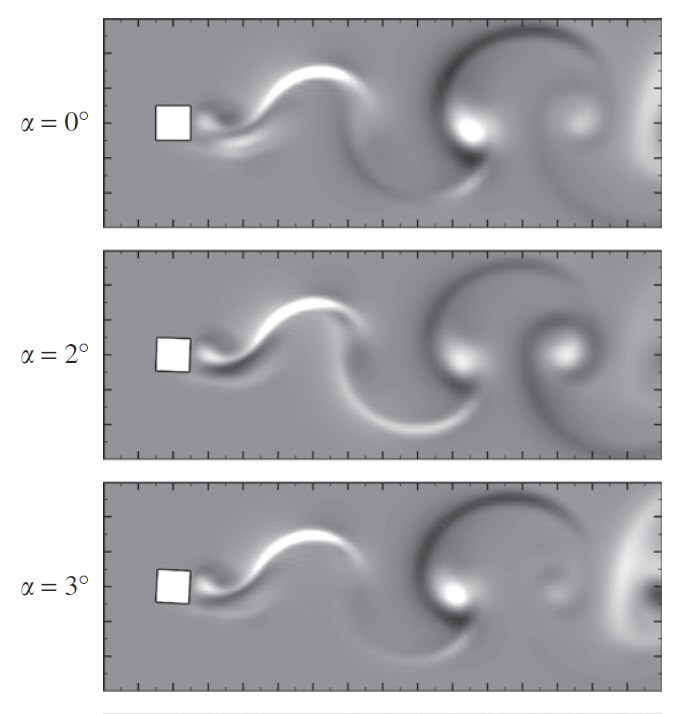
Careful analysis reveals subtle feaetures of the three-dimensional stability of wakes with subtle changes in symmetry of the flow.
-
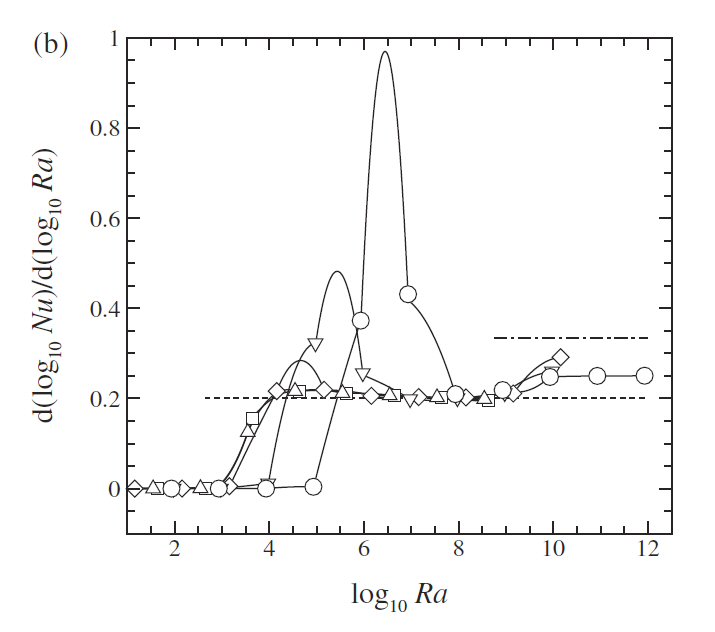
Evidence that instability in the forcing boundary layer in horizontal convection flows leads to an elevation of the power-law scaling between Nusselt number and Rayleigh number is revealed.
-
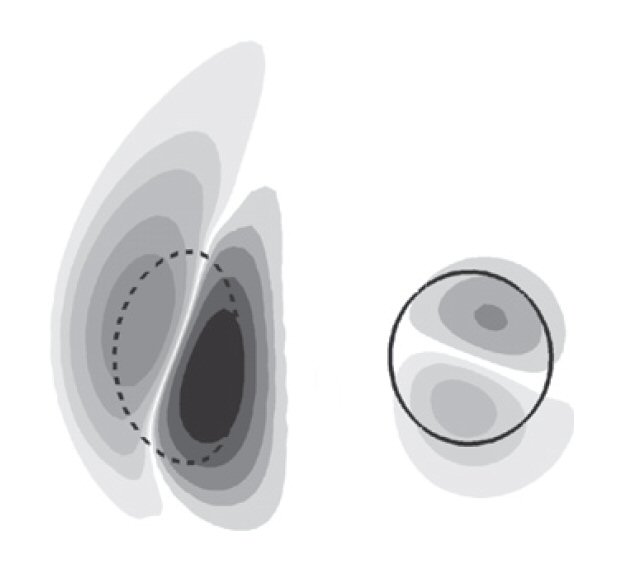
Linear stability analysis reveals three-dimensional instability modes for unequal counter-rotating vortex pairs.
-
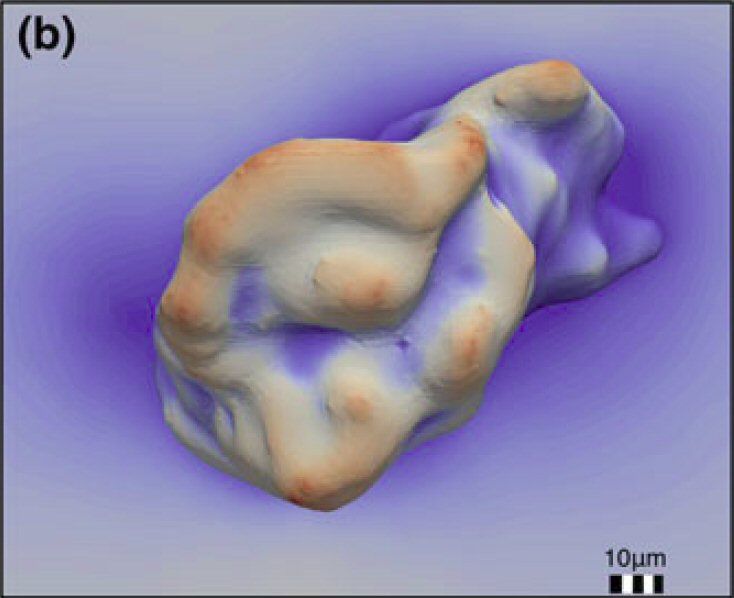
A computation of the surface shear on a digitized model of an actual thrombotic plaque grown in vitro.
-
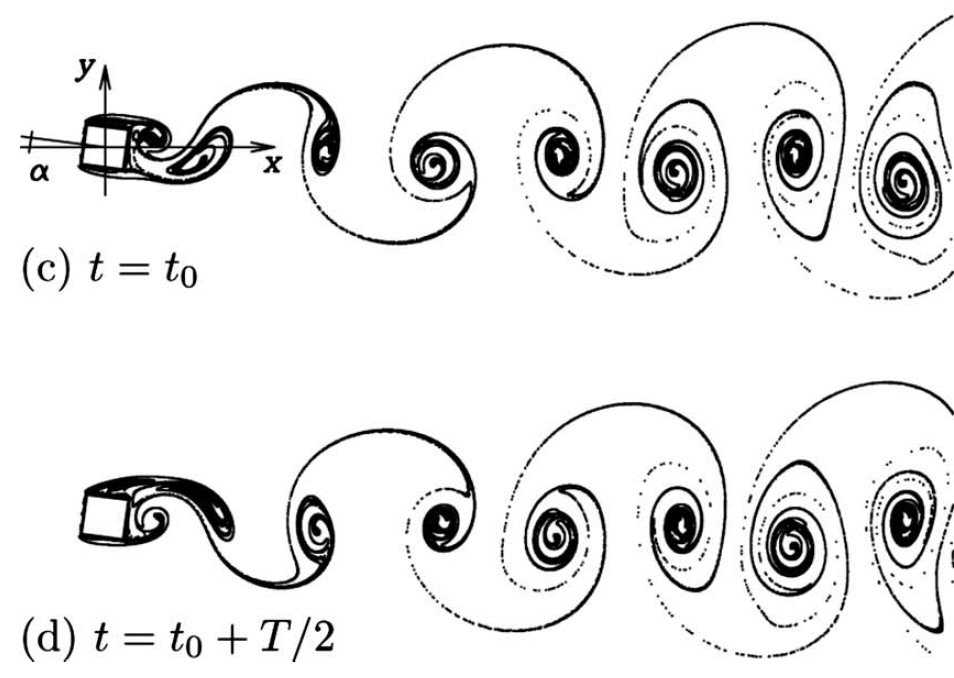
For the first time, the threshold between quasi-periodic and subharmonic wake instabilities is found to occur after a finite loss of wake symmetry.
-
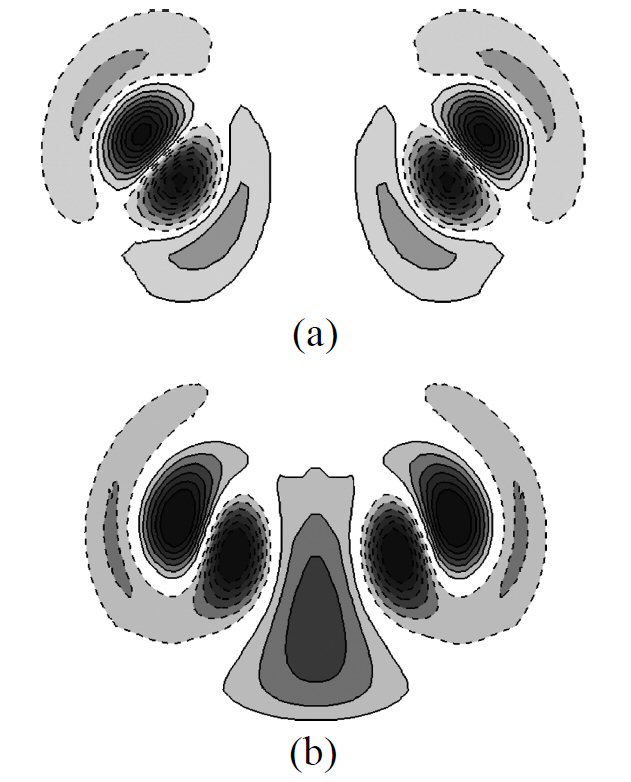
Linear stability analysis finds stark differences in three-dimensional mode shapes when a counter-rotating vortex pair is brought closer together.
-
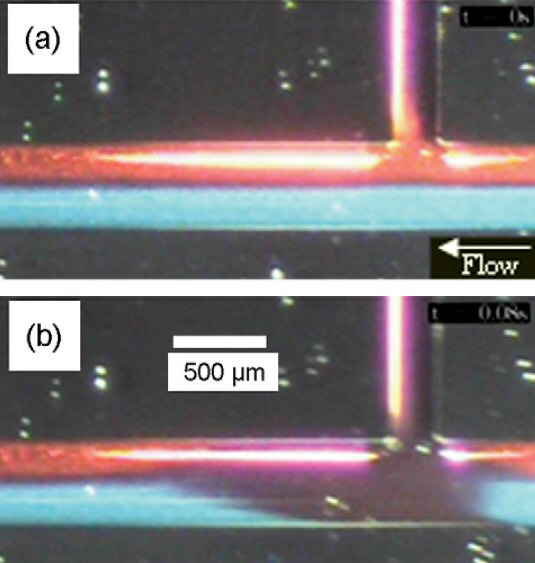
A high-frequency vibration invokes a swirl mixing mechanism at T-junections in micro-fluidic systems.
-
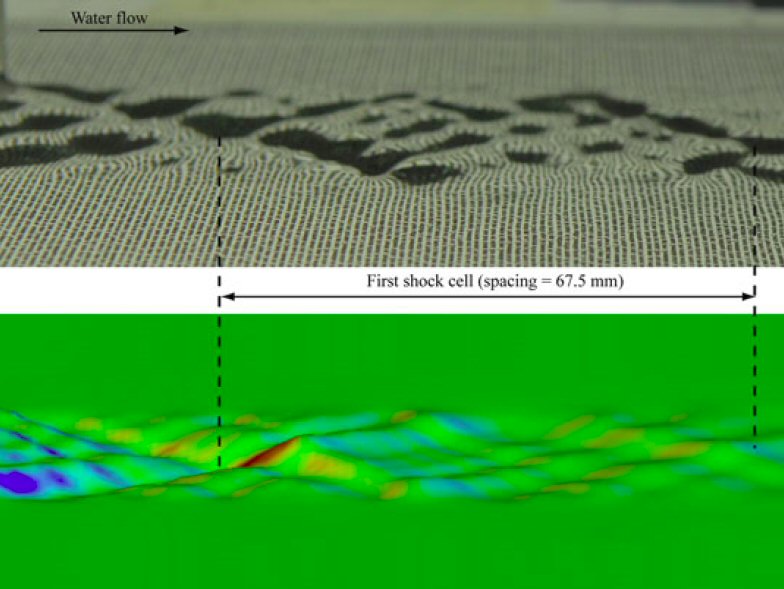
Award-winning visualization of shock-cell structures in an hydraulic analogy of a supersonic nozzle flow using our imaging-based topography measurement method.
-
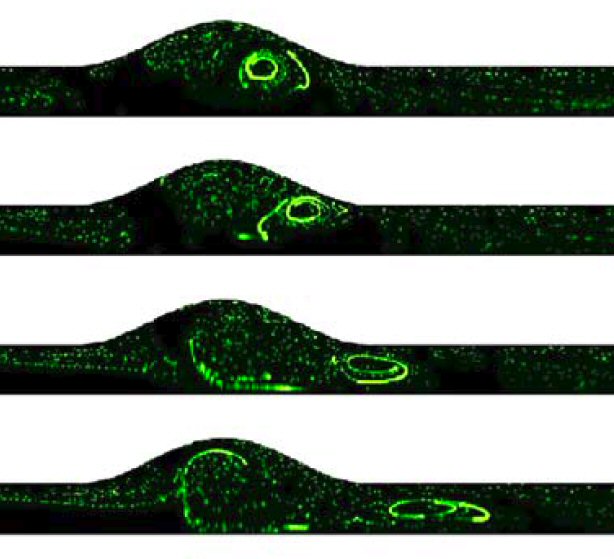
An invited contribution to a Special Issue volume reveals detailed dynamics of flows through fusiform aortic aneurysm geometries.
-
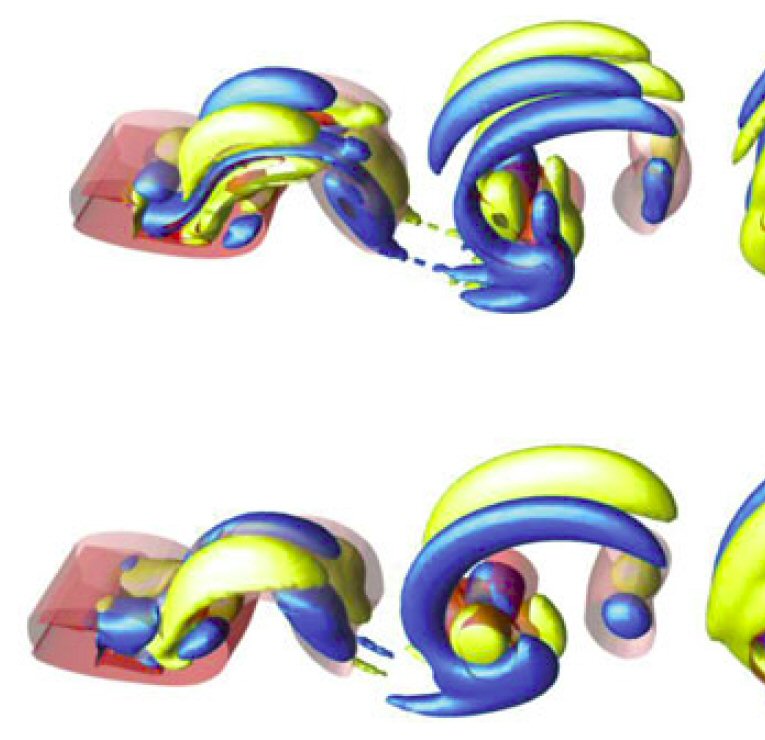
Three-dimensional instabilities in the wakes behind obstacles with square cross-sections aligned at various angles to the oncoming flow are uncovered.
-
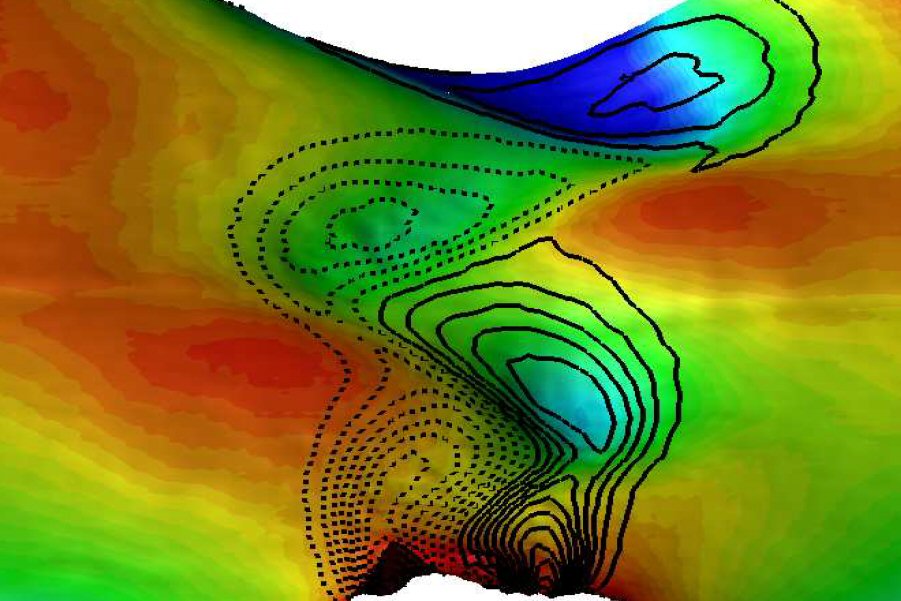
A new imaging-based method captures free-surface deformation caused by wake vortices behind a cylinder.
-
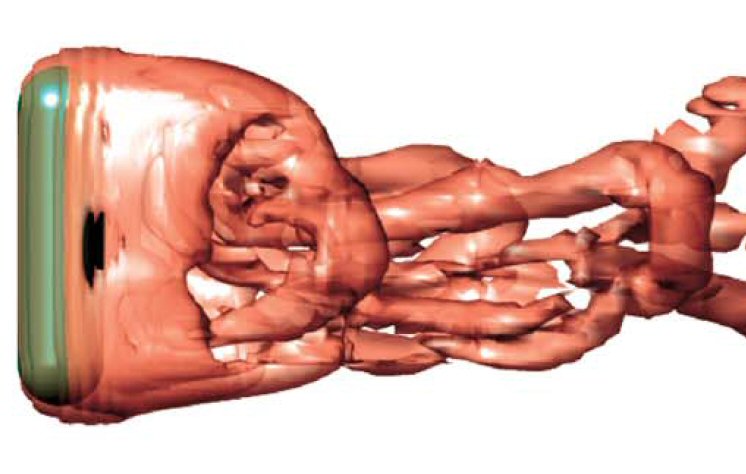
Revealing the behaviour of flow past obstacles ranging from spheres to circular cylinders.
-
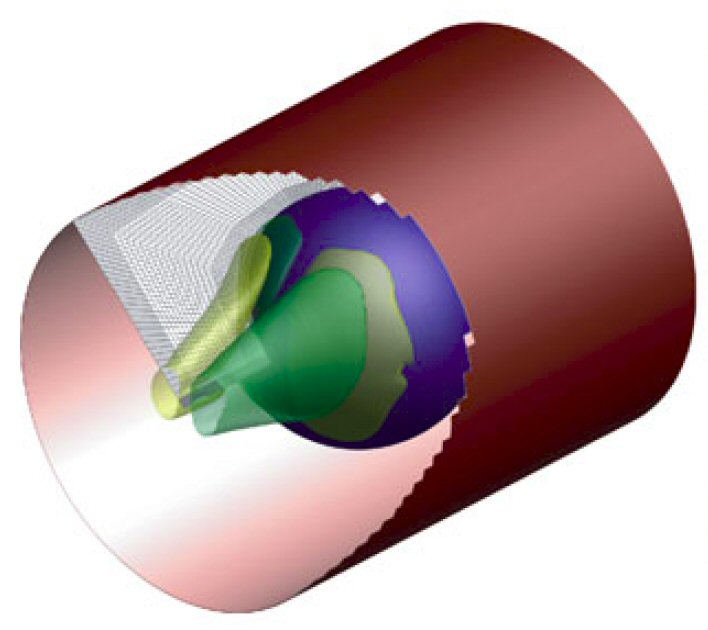
The velocity of particles carried in a tube is found to be proportional to the imposed pressure gradient.
-
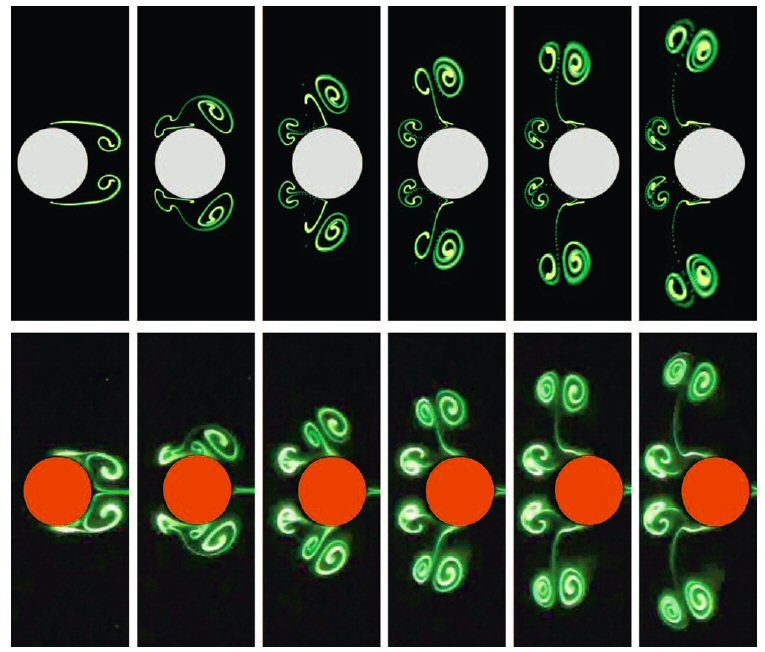
Combining laboratory and numerical experiments to reveal the kinematics of the flow around a body brought to a sudden stop.
-
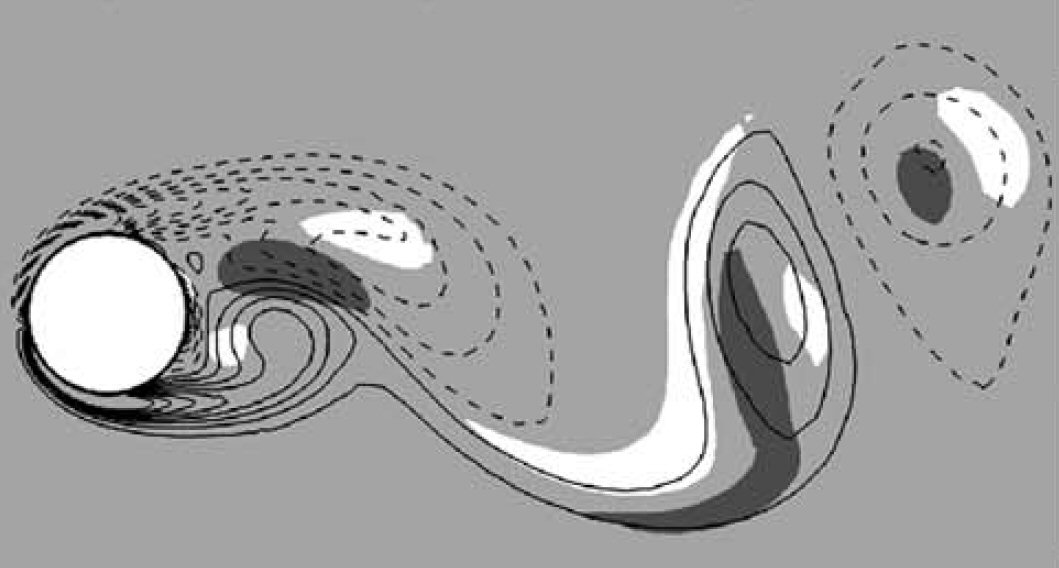
We report the first side-by-side comparison of the time-periodic linear instability modes seeding the well-known Mode A and B instabilities and the subharmonic Mode C instability.
-
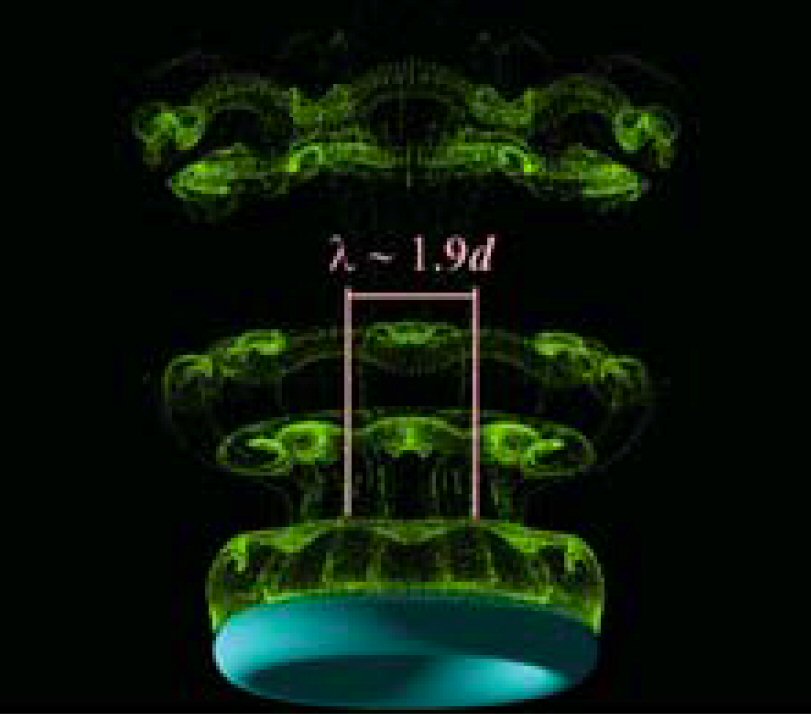
In collaboration with Dr Thomas Leweke, IRPHE, France, we are the first to capture the subharmonic Mode C instability in the laboratory.
-
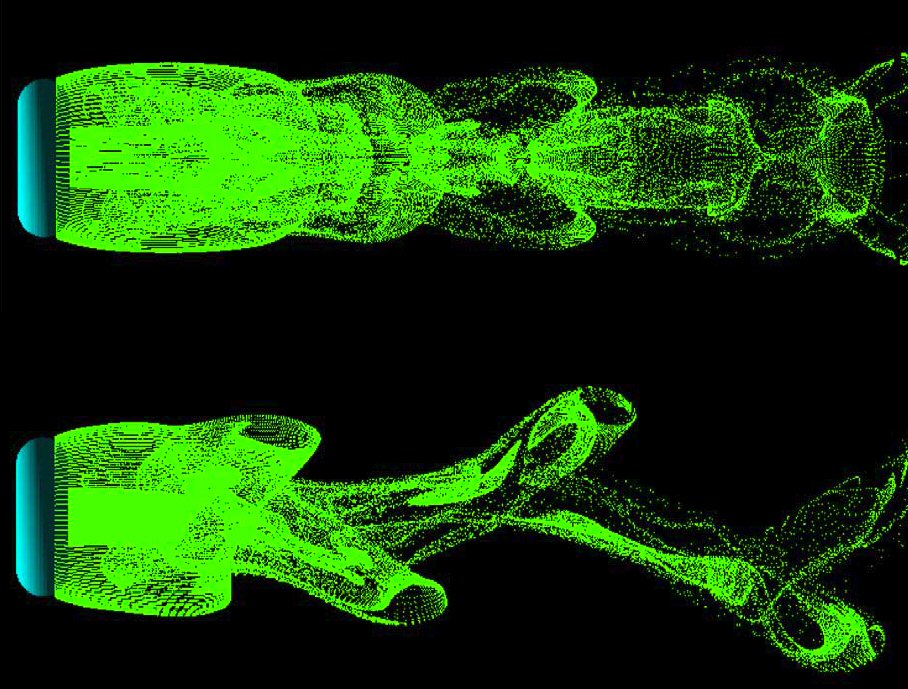
Revealing similarities and differences in the flow past solid and open obstacles.
-
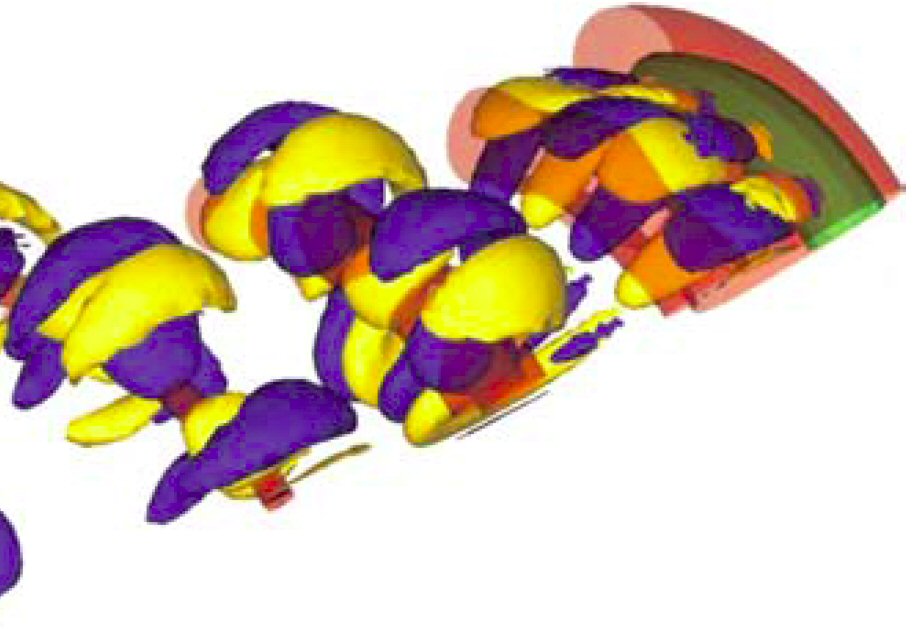
Capturing Mode C: The first direct numerical simulation of a subarmonic three-dimensional instability in a bluff body wake, originally predicted by our landmark linear stability analysis.
-
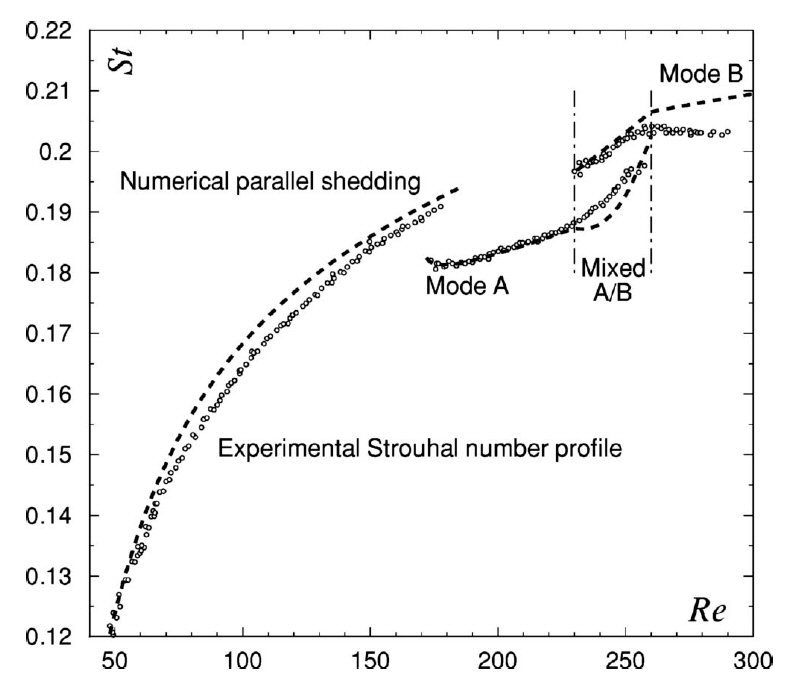
Our coupled Landau model (dashed line) reproducing experimental measurements of the shedding frequency behind a circular cylinder through both the two-dimensional regime and the inception of three-dimensional instability modes.
